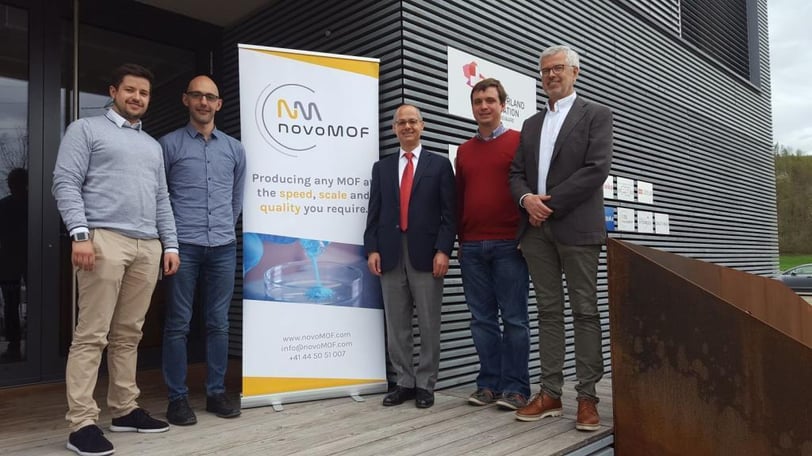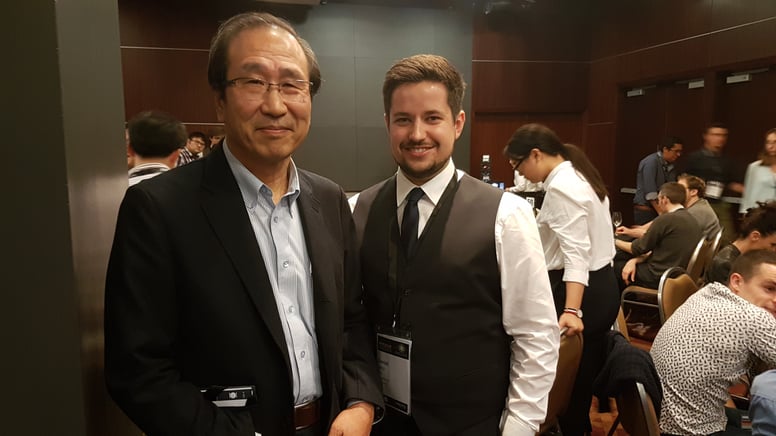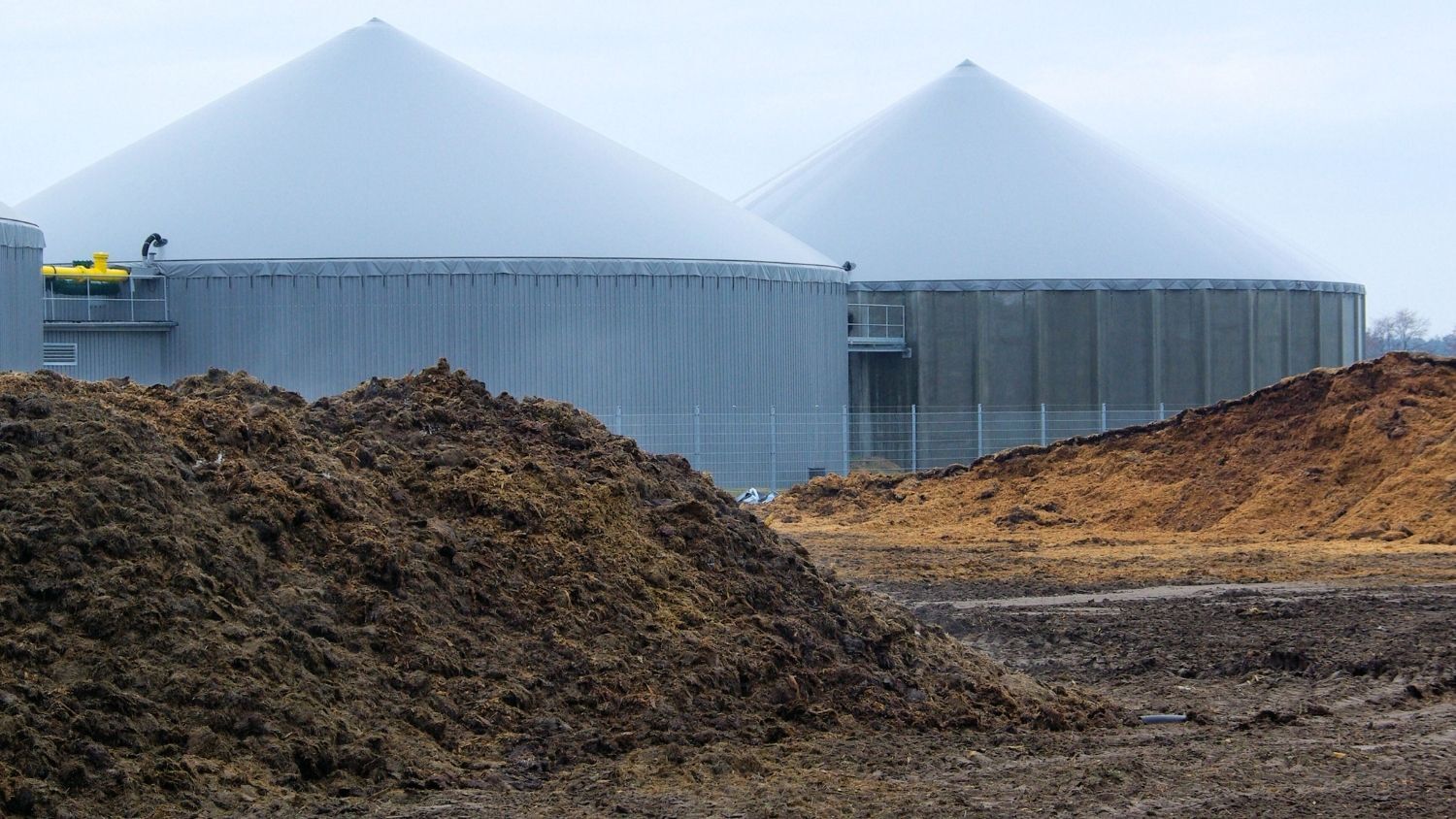A few weeks ago, the Nobel Prize in Chemistry was awarded to Susumu Kitagawa, Richard Robson and Omar M. Yaghi for the development of Metal–Organic Frameworks (MOFs). For many, this may have been the first time they heard the term. For others, especially those of us who have been working with MOFs for years, it marked something deeper - a transition.
After four decades of scientific exploration, MOFs have been recognised at the highest level. The question now is no longer what they are, but what we will do with them.

From left to right: Daniel Steitz (Founder, novoMOF), Dr. Marco Ranocchiari (Co-Founder, novoMOF), and
Professor Omar Yaghi (Nobel Prize Laureate), at the Paul Scherrer Institute in 2018.
From Discovery to Deployment
I first encountered MOFs more than a decade ago. I was not a chemist or an academic - I was someone driven by a simple question: Can these extraordinary materials solve real problems at scale?
Over the years, I had the privilege to exchange with Professor Omar Yaghi and other pioneers in the field. What struck me was not only the elegance of the science, but the unfinished business. The science was mature. The challenge was not invention, it was implementation.
This is why we founded novoMOF in 2017, as a spin-off from the Paul Scherrer Institute in Switzerland. Our mission was clear: turn MOFs into industrial solutions, starting with the most urgent challenge: carbon capture.
.jpg?width=455&height=644&name=DSCN0108-(1).jpg)
Professor Omar Yaghi (Nobel Prize Laureate) and Daniel Steitz
(Founder, novoMOF) at the MOF Conference in Auckland, New Zealand, 2018.
Why Carbon Capture First?
MOFs can, in theory, do many things:
- Capture CO₂
- Separate industrial gases
- Harvest water from air
- Store hydrogen
But theory does not reduce emissions. Industry does.
We chose to focus on point-source carbon capture because it is where MOFs can make the fastest, most measurable impact. Just one gram of a MOF can contain an internal surface area comparable to a football pitch, hidden within a material that appears as a simple powder. That porosity is a powerful tool for separating CO₂ with high selectivity and lower energy demand.
Today, we are scaling MOFs capable of capturing CO₂ at costs below €100 per tonne - compact, modular materials designed for industrial systems.
The Nobel Prize Is Not the Finish Line
There is a misconception that breakthrough technologies automatically enter the market after recognition. They do not. Between discovery and deployment lies a difficult bridge:
✅ Manufacturing at scale
✅ Durability and certification
✅ Integration into industrial systems
✅ Supply chain readiness
We have now reached the stage where scientific achievement must be matched by industrial execution. This responsibility belongs not only to researchers, but to companies, investors and policymakers — and at novoMOF, we are committed to helping build that bridge.

Professor Susumu Kitagawa (Nobel Prize Laureate) and Daniel Steitz (Founder, novoMOF)
at the MOF Conference in Auckland, New Zealand, 2018.
Europe’s Opportunity
In Europe, we often speak of sovereignty and resilience. MOFs are not just materials - they are strategic assets. Less dependence on energy imports, more efficiency in industrial processes, and new tools to decarbonise cement, steel, and chemicals.
But leadership will not come from awards. It will come from factories, adoption, and collaboration.
What Comes Next
At novoMOF, we are accelerating partnerships with companies seeking to deploy carbon capture systems. We are scaling production. We are validating performance in real industrial conditions.
A Personal Reflection
When I saw the Nobel announcement, I did not think of celebration. I thought of responsibility. For those of us who believe in this technology, now is the moment to prove through performance.


.jpg)


